Hans Peter Bech is sharing his story about getting to know Hatteland and Rambase.
I arrived at Haugesund Airport on a Sunday afternoon. The key to my rental car was in a box next to the conveyor belt for incoming luggage. Pressing a code, which I had received in a message on my iPhone, opened the box. Smart!

I was in the car with my checked-in suitcase in the trunk less than fifteen minutes after the plane from Oslo had touched down on the tarmac. Impressive, but then again, Haugesund is a small airport.
My contact person at Hatteland, Odd Magne Vea, has advised me to have dinner in Haugesund since nothing was going on in Åmsosen, where our meeting on Monday morning would take place. There isn’t much going on in Haugesund on a Sunday afternoon either! I grabbed a burger at the local McDonalds, jotted the coordinates of Åmsosen into the GPS and headed off for this remote place, that didn’t look like much on Google Maps, but was the headquarters of Hatteland, the company behind RamBase.
Norway is a beautiful country. Coming from the Danish flatlands one cannot but envy our Norwegian brothers and sisters their mountains, fiords and impressive traffic infrastructure. However, leaving the E134 highway, the roads got smaller and more winding, and on the last 15 kilometers, there was not even room enough for two cars to pass each other. It was very picturesque, but it was also like approaching the end of the world.
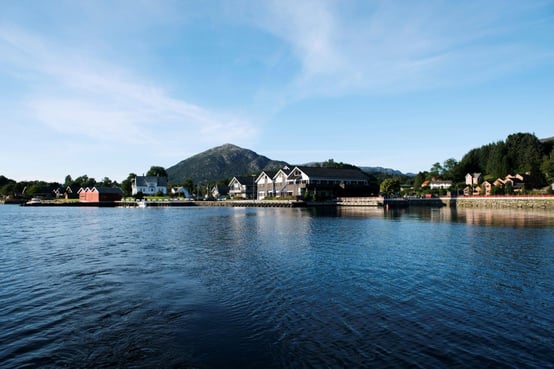
It was raining when I arrived at Åmsosen, and it was quiet, very quiet. But it was breathtakingly pretty. Åmsosen is located at the end of a fiord with high mountains and green pastures all around. I had been given the option of staying the night at a hotel in Haugesund or using one of Hatteland’s guest apartments in Åmsosen. I had chosen the latter and picked up the key card from the security guard at Hatteland’s datacentre, which is hosted inside one of the mountains and manned 24/7.
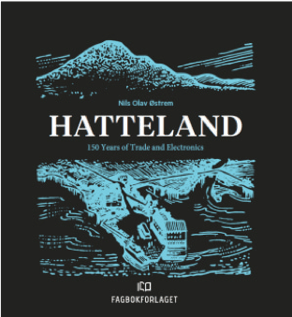
The guest apartment was warm and clean, and in the fridge were food and beverages for my 2-day stay. I unpacked my suitcase and settled in. Checking out the apartment, I found a big black book by Nils Olav Østrem titled “Hatteland – 150 years of trade and electronics”, and I started reading.
8,250 kilometers from Silicon Valley
As I dived into the history of Hatteland, I didn’t believe my own eyes, and I was also somewhat embarrassed by my blatant ignorance. Researching for and writing my recent book 5,460 Miles from Silicon Valley, I should know better than most that innovation, entrepreneurship, salesmanship and business acumen are rooted in people and not in geographical locations. Hatteland is located in Åmsosen because that’s where the Hatteland family lived. And there are good reasons why they were and still are reluctant to move out.
The part of Hatteland’s history that relates to RamBase started in 1971 when Jakob Hatteland, still at school, extended his father’s local trading business with electronic components. In 1975 Jakob met 19-year-old Ingvar Hognaland and offered him a summer job. Jakob and Ingvar turned out to be the perfect core of the team that could grow a business, taking advantage of the increasing demand for electronic components that took off by the end of the 1970s. The summer job turned permanent.
Running a growing distribution business with thousands of SKUs required a computer system. Acquiring computer systems in the mid-1970s was an expensive affair. Software for electronics distribution didn’t exist, and all in all the IT technology available was too slow for the type of support Hatteland needed. Ingvar started designing his own computers and developed the corresponding software. Jakob enthusiastically supported the activity. Although the name RamBase was first coined in 1990, the approach of developing in-house systems and software to support the business was born before 1980.
Fast forward to 2000 when Arrow acquired Jakob Hatteland Electronic (JHE), and RamBase had developed to become a fully-fledged ERP and MRP system supporting 450 users spread across several countries. Following the acquisition, it was decided to implement RamBase in Arrow’s Northern European operations and redesign the software to be delivered through the Internet. The transition was completed in 2010, making RamBase the first ERP and MRP system to be available in a cloud-based SaaS format.
The RamBase legacy
Ingvar Hognaland’s hardware design that led to the world’s first computer exclusively with RAM for data storage was not driven by technological fascination. It was not the proverbial solution looking for a problem that we so often meet in the IT industry. Ingvar’s project was inspired by a business problem looking for an answer.
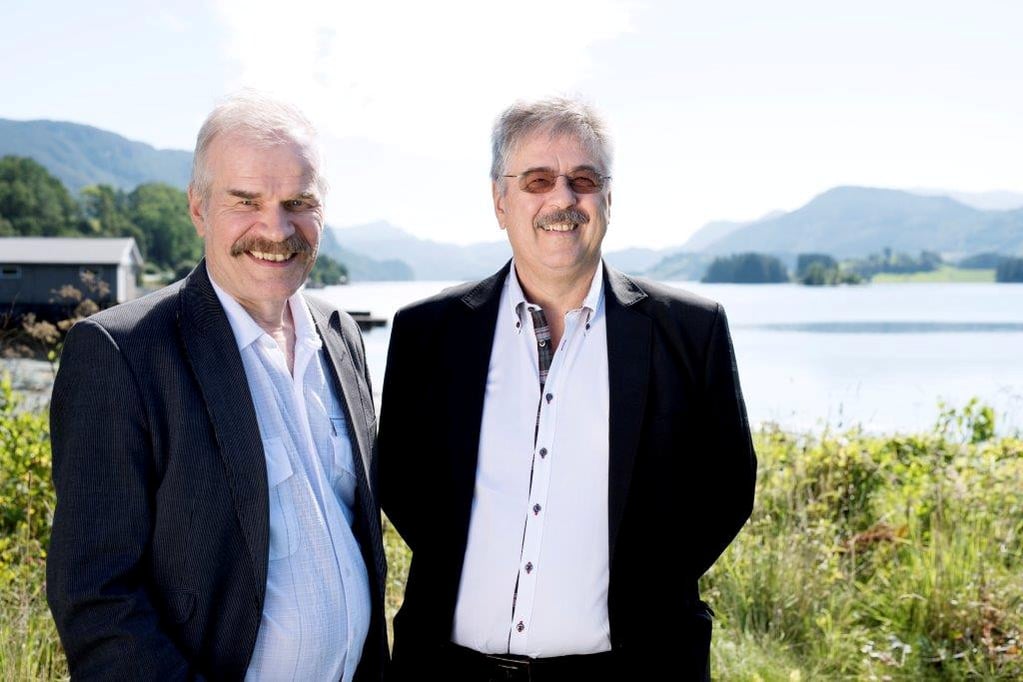
JHE was obsessed with offering superior customer service. When selling standard components that can also be acquired from numerous other distributors, customer service becomes a competitive parameter. Therefore, JHE wanted to respond faster to customer inquiries than competitors. To do so, they needed a computer system that could instantly tell the status of each component among the thousands of SKUs stocked or on order, place an order or make a reservation and generate the paperwork for picking, shipment and invoicing. Maybe an IBM mainframe could have done the job, but it was a general-purpose computer and it cost a fortune. Ingvar’s hardware and software were designed to do the job at a price point that matched what the then small JHE could afford. As new needs presented themselves, Ingvar extended the functionality of the software. Taking advantage of the development in IT technology Invar also developed new generations of the RamBase hardware.
One of the “secrets” behind JHE’s undisputed business success was its application of IT technology. It’s the first case I have come across where a company developed its own hardware, operating system and application software. However, the outcome was that JHE had the best and least expensive IT system in the electronics component distribution industry. They could only do so because they had an Ingvar Hognaland. He was their secret weapon. Developing IT systems to support real-life business needs in a cost-effective format had been and remains the guiding principle behind RamBase.
The fit for purpose becomes a strategy
Today RamBase is running on industry-standard hardware and software. IT technology has caught up with Ingvar Hognaland’s systems, and there is no longer a need for a proprietary platform. However, RamBase’s fit-for-purpose strategy remains unchanged.
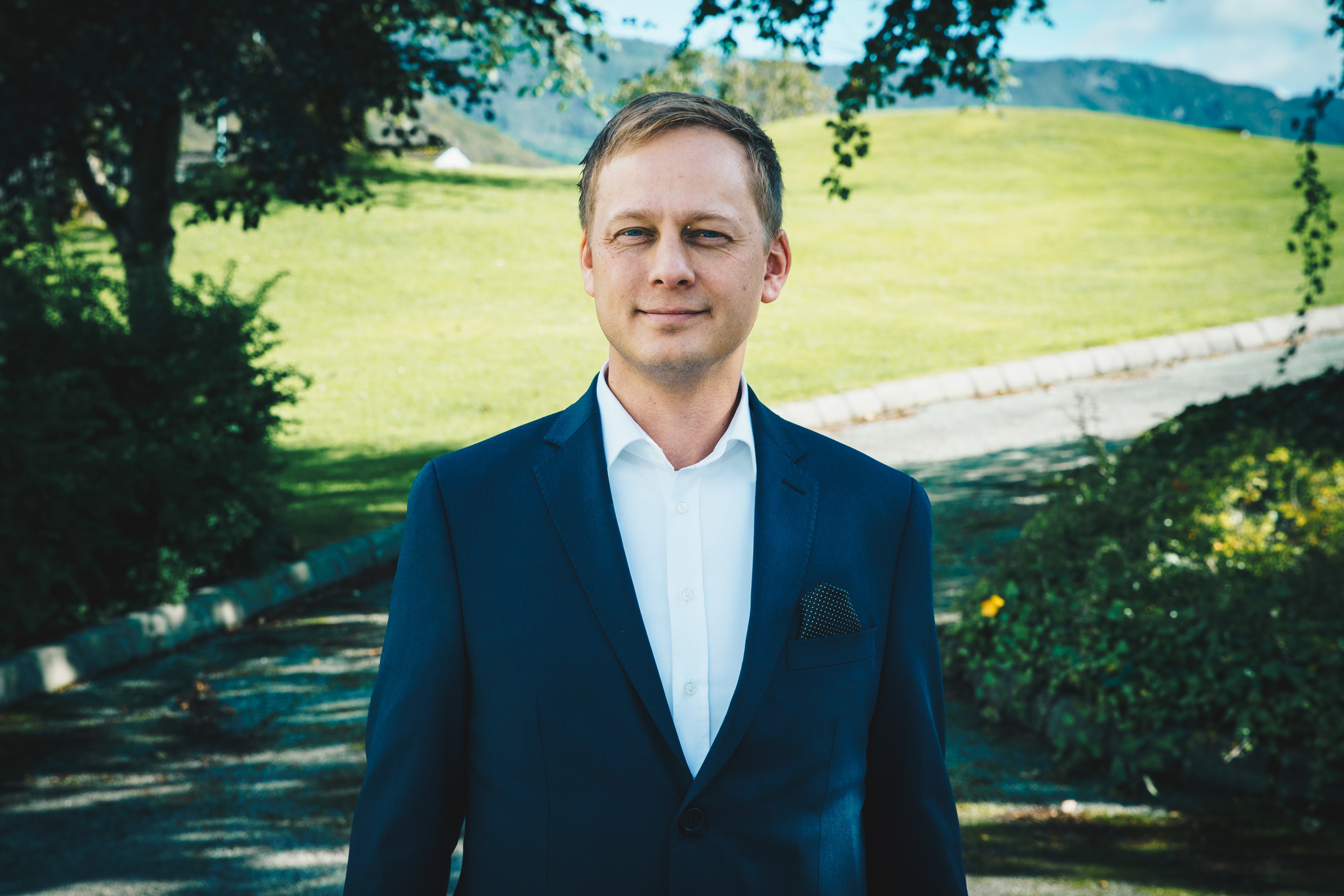
“JHE enjoyed tremendous advantages from its adoption of IT technology that was designed specifically for our business,” says Stig Hatteland, CEO of RamBase and 3rd generation Hatteland. “Our commercialisation of RamBase follows the same principles. We want customers for whom RamBase is the perfect fit.”
According to Stig Hatteland, the ERP market has been and remains dominated by large software houses that offer their software as platforms to be implemented across many industries. While resellers and implementation partners embrace this approach, they can sell the hours of consulting required to customize and adapt the software, it leaves the customers with solutions that have large overheads and that are expensive to maintain.
“RamBase is designed for supporting the business processes associated with distribution, discrete manufacturing and auctions,” explains Stig Hatteland. “Such companies can enjoy fast implementation, low cost of ownership and scalability. It’s the same lean approach we used at JHE, and that works for any company with similar activities.”
The RamBase approach contradicts the traditional philosophy in the ERP industry where the software is perceived as the driver for professional services. The established rule of thumb is that for each dollar of ERP software, nine dollars of consulting is required. Implementing a $100.000 software package needs $900.000 of professional services bringing the total cost to one million. It goes without saying that maintaining such a customized solution is also expensive.
“Maybe the biggest problem with the traditional approach isn’t even the money,” says Stig Hatteland. “It’s just as much the disruption such a huge project has on any organisation. Imagine the resources that a business has to take out of its daily operation to match the army of consultants working on documenting how the software must be customised to match the business processes. Our strategy goes in the exact opposite direction.”
RamBase’s go-to-market strategy is designed to find the customers that match the software. The fewer changes required, the better. The less professional services needed, the better. The interest of the customer and the ERP provider is correctly aligned. The faster the software can be implemented and delivered to its business support, the better.
A different partner value proposition
With the RamBase customer value proposition, Hatteland[1]is recruiting a different type of reseller than the usual Value Added Reseller (VAR) and Independent Software Vendor (ISV).
[1]Today Hatteland is a holding company for several business activities of which Rambase is one.
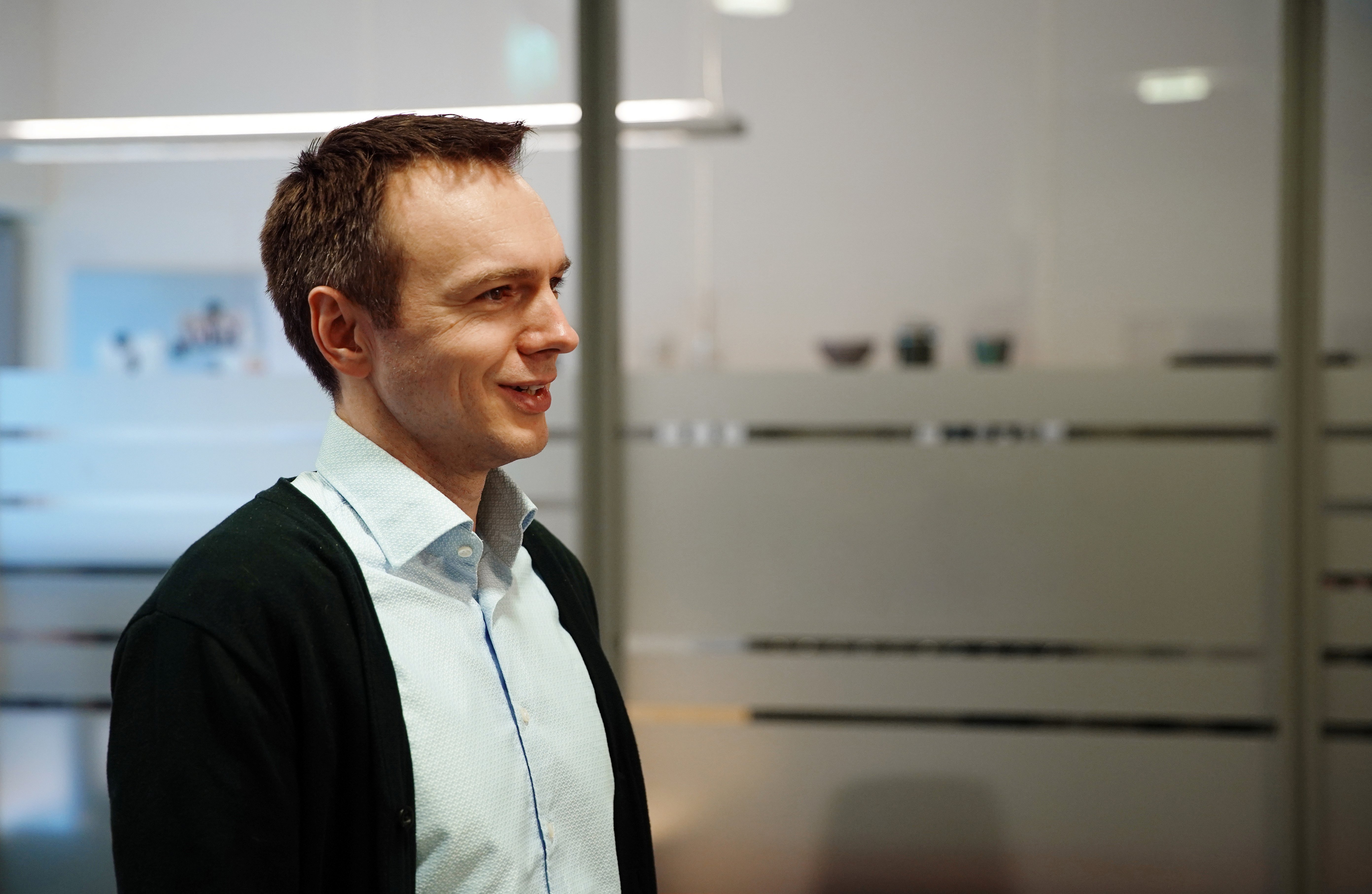
“We need partners that can bridge the knowledge gap between the customers’ needs and the capabilities of RamBase,” says Odd Magne Vea, CSO at Hatteland. “The result from mapping needs against functionality is not to propose a customisation project, but to show how the customer can fit the software. If the match is good, we can engage. If not, we’ll walk away. Such a match can only be done effectively when the partner has solid domain expertise as well as a thorough understanding of RamBase.”
RamBase resellers first and foremost need to be sales-driven and motivated by the recurring subscription portfolio they can build with the product. The partners can also offer integration services for those needs that RamBase may not cover.
“RamBase is best of breed ERP solution with core functionality for distribution, manufacturing and auctions,” Odd Magne Vea stresses, “Through our API we can communicate with external applications such as the Microsoft Power tools. We acknowledge that the customers need IT support for all their business processes and that we won’t be able to cover them all. Our open API allows for integration when and where needed.”
The ERP industry has undergone significant changes over these last few years, and RamBase believes that they are at the forefront of the trend. Customers are moving onto their 3rd or 4th generation of ERP systems, and they have learned some lessons along the way. The first lesson they learned is to stay clear of customizations. They are expensive to develop, risky to implement and constitute handcuffs that prevent them from enjoying advances in the IT-technology. The second lesson learned is not to rely on a single source for all the IT applications the company needs. The best-of-breed movement has been fuelled by the wish to remain open to new and better applications. The third lesson learned is that while the software is a critical resource, IT operations is not a core competency you need in-house. The cloud-based SaaS format is a perfect fit for the mid-market.
Why Nedre Vats and Åmsosen may not be as remote as you think
When I woke up on Monday morning, Åmsosen had come to life, too. There were lots of people all going about their daily activities. As I delivered my keynote and joined meetings with the Hatteland and RamBase staff, I found no difference in the conversations from what I experienced in Copenhagen, Berlin, Amsterdam, London or Zürich. The GSM coverage was excellent, and so was the Internet connection. The copies of my books that were printed the week before in Oslo arrived in time for my second keynote the next day.
The big difference became apparent when Odd asked me if I wanted to join him, Stig and Karl Inge Stensland (COO at RamBase) for a hike in the neighboring mountains. I had brought some hiking gear, and at 15:30 we set off for the peak of the Kjort Mountain, 606 meters above sea level. Ten minutes in Stig’s Range Rover took us to a small farm from where the trail to the peak starts. At 17:25, we reached the summit and could enjoy the breathtaking views of Åmsosen and its surroundings. We could see the North Sea.

After the descent, we changed and drove off to pick up pizzas for the evening’s dinner. The hike had made for a healthy appetite, and after a great discussion with the newly arrived parties from Poland, Germany, Sweden and the UK, I could retire for a good night’s sleep. I slept well and didn’t notice that it rained cats and dogs all night. Åmsosen is very quiet by night.
Reading along in the black book I had come to understand that the Norwegian postal service in the 1970s was capable of providing next-day delivery service anywhere in Scandinavia for parcels received at the post office in Nedre Vats before 14:00. Being located in Åmsosen was not a disadvantage for serving customers. It wasn’t until the beginning of this century that Stockholm was able to beat the next-day delivery service by four hours. Parcels posted in Stockholm before 18:00 could now be delivered anywhere in Scandinavia the next day. By then, Arrow had acquired Jakob Hatteland Electronic and moved the warehouse activity to Sweden.
The quality of life is in general very high in Norway, and people you employ in a place like Åmsosen are likely to stay with you – if you treat them well. And that was what Hatteland did and still does. The black book explains the Hatteland culture in somewhat ambiguous terms, but a key ingredient is the family attitude where profit in itself is not always the primary objective. Jakob Hatteland paid the price for building his business in Åmsosen, but it was a price he was prepared to pay out of loyalty to his community. A dedication that was returned by his people and while challenging to calculate may well have paid off. When Arrow acquired Jakob Hatteland Electronic in 2000 the company had offices in Oslo and Bergen and subsidiaries in Sweden, Denmark, Finland and Estonia, but it remained headquartered in Åmsosen.
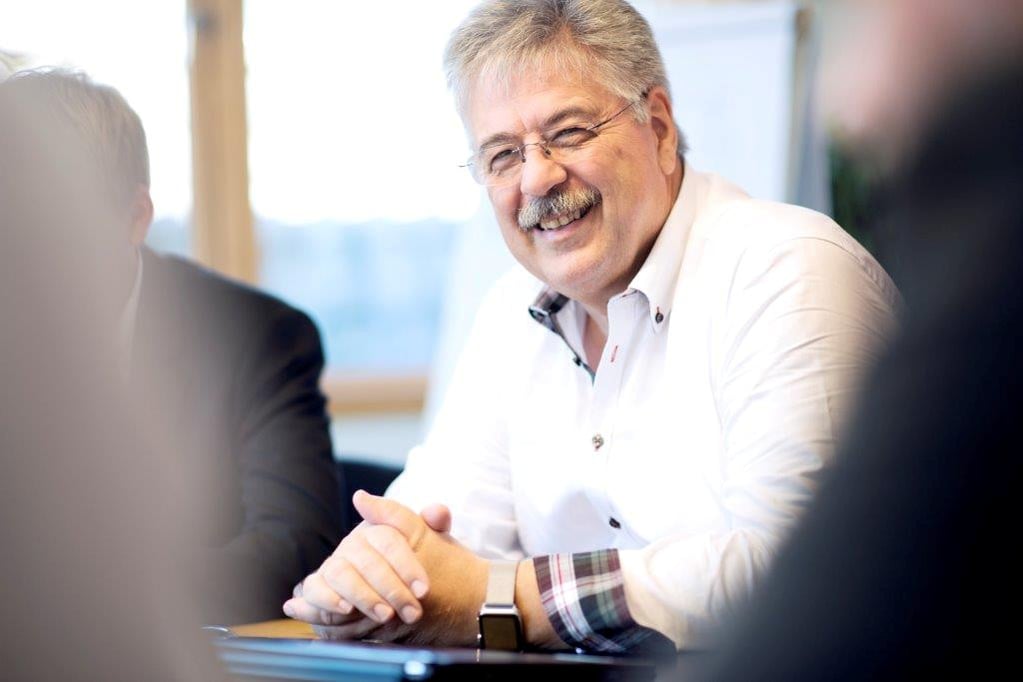
I am introduced to Jakob before I deliver my keynote, and he comes across as an informal, friendly, approachable and pragmatic person. According to the book, he doesn’t subscribe to any particular leadership style but applies a no-nonsense and common-sense approach to doing business. After having had lunch with Jakob and climbing a mountain with his son, Stig, I am left with the impression that this informal culture carries on.
Hatteland has proved that they can build and run an international and successful business from their headquarters in Åmsosen. If it ever was a remote location, then the Internet and the improved global infrastructure have upended that. Believe it or not, but when you are in Åmsosen, you don’t feel any remoteness at all. It’s one beautiful and safe place to live, and if you enjoy nature, then you couldn’t pick a better spot.
Hatteland moving their headquarters is the last thing I am hoping for. There are still several peaks around Åmsosen that I would like to climb.
Hans Peter Bech M.Sc. (econ.)







